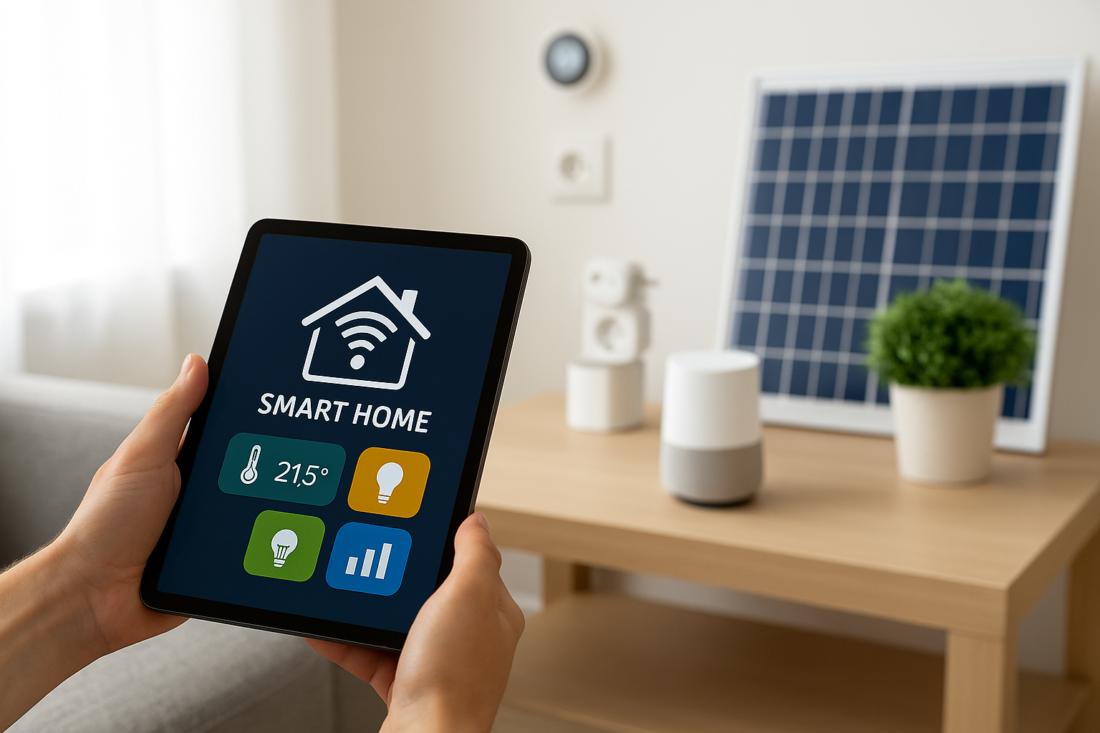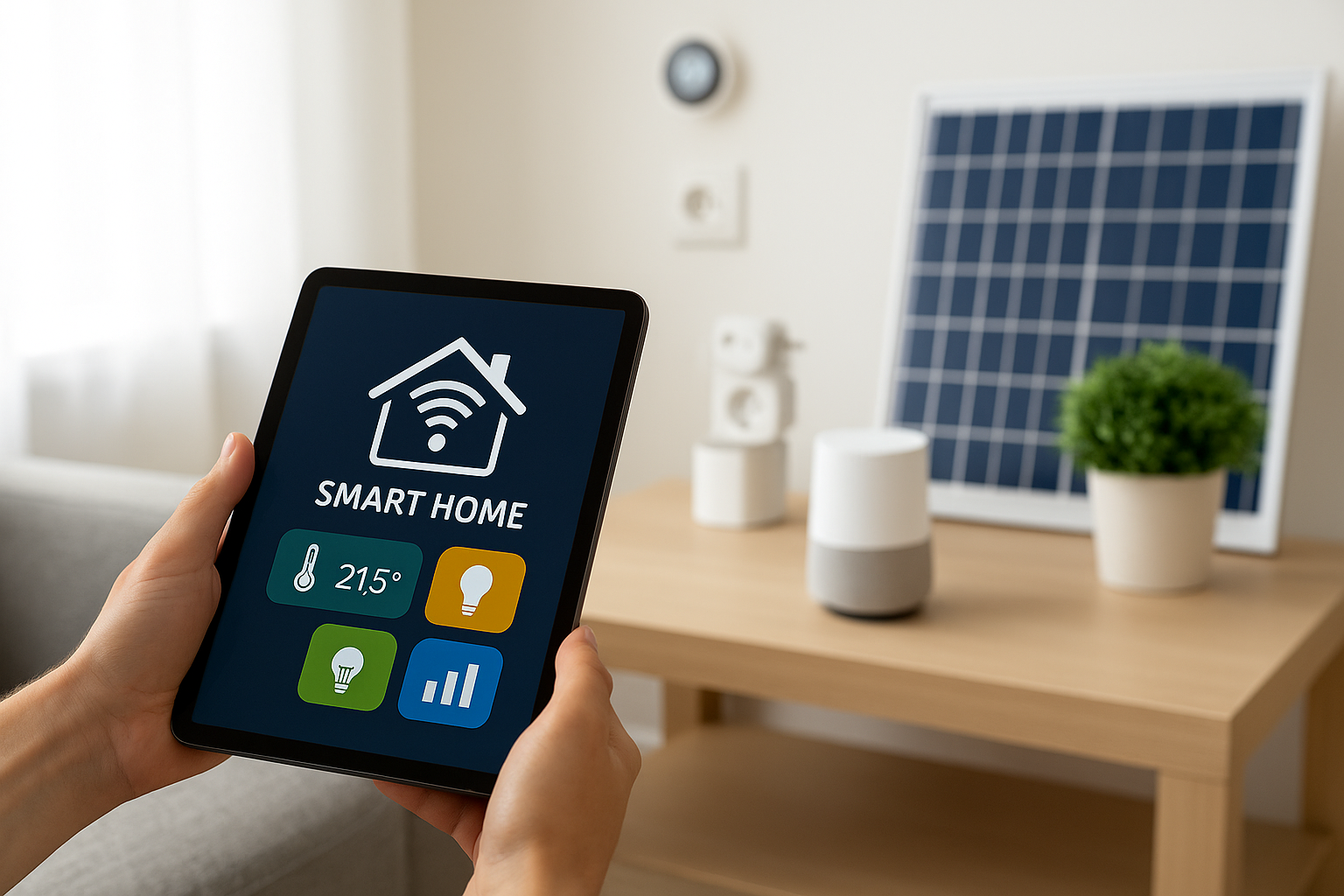Smart home technology is revolutionizing how we interact with electricity, enabling more efficient energy use, lower utility bills, and environmentally friendly habits. With tools like smart thermostats, automated lighting, and Home Energy Management Systems (HEMS), homeowners gain more control over their energy use than ever before. These advancements don’t just benefit individual households—they also support a cleaner, more sustainable energy future. For a safe and customized installation, consulting an experienced electrician Tega Cay can help ensure your smart systems are set up to maximize efficiency and long-term value.
Smart home systems continue to evolve, combining AI-driven automation, real-time energy tracking, and integration with renewable sources. This guide explores how key technologies are changing electricity use at home.
Smart Thermostats and Lighting
Devices like Nest and Ecobee smart thermostats optimize heating and cooling by learning schedules and responding to local weather. These systems adjust settings automatically, preventing waste. Users have reported savings of up to 16% on electricity and 10% on gas.
Similarly, smart lighting systems use motion sensors and ambient light detection to automate brightness or shut lights off when not in use. These tools reduce excess energy usage while offering convenience and customization.
Home Energy Management Systems (HEMS)
HEMS give homeowners detailed, real-time information about their energy usage. They monitor flow from the grid, rooftop solar panels, and battery storage systems, presenting data through mobile apps or dashboards.
Homeowners can schedule when appliances operate, prioritize high-energy devices like HVAC units or EV chargers, and identify areas of inefficiency. These systems can also help coordinate home generator maintenance by tracking usage patterns and alerting users to service needs, ensuring backup power sources remain reliable. According to the U.S. Department of Energy, these systems encourage responsible and informed energy use.
 Renewable Energy Integration
Renewable Energy Integration
Smart homes incorporating solar panels can generate and manage their clean power. With the help of smart inverters and HEMS, homes can maximize solar output and automatically shift to grid power when needed.
Battery storage allows households to store solar energy during peak billing times or outages, increasing independence from utility providers. Platforms like EnergySage offer guidance on maximizing the efficiency of solar-plus-smart technology setups.
Artificial Intelligence in Energy Management
Artificial intelligence furthers energy optimization by learning user habits, interpreting weather forecasts, and reacting to dynamic electricity pricing. For instance, an AI-enabled system might cool your home during peak solar production hours and scale back usage during high-rate periods.
AI’s predictive features allow appliances and systems to run only when necessary, reducing waste and improving comfort. Scientific American highlights how AI is redefining smart energy strategies in modern homes.
Demand Response Programs
Smart tech enables participation in demand response programs, incentivizing users to shift energy use away from high-demand hours. Automation makes it simple—adjusting thermostats, delaying dishwasher cycles, or scheduling laundry during off-peak times.
These programs improve grid reliability and offer financial rewards. As solar and wind sources become more common, demand response is increasingly critical in balancing supply and demand.
Energy Storage Solutions
Home battery systems, like the Tesla Powerwall, store electricity for use during blackouts or when utility rates are high. Storing excess solar energy during the day and using it at night reduces dependence on the grid.
As energy storage becomes more affordable and accessible, integrating smart systems will enhance household efficiency, resilience, and sustainability.
Future Trends in Smart Home Energy
Smart home technology will continue evolving, with greater device integration, better communication protocols, and stronger AI capabilities. Open platforms will allow appliances, solar systems, and batteries to work together more smoothly.
Looking ahead, connected homes may contribute to virtual power plants—networks that return energy to the grid, enhancing community-wide reliability. Improved cybersecurity will also be essential to protect increasingly interconnected systems.
